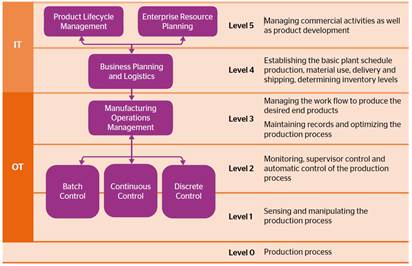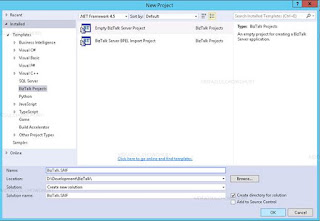What is TDD?
TDD has been around since NASA’s Project, Mercury in 1960s. But, when Kent Beck and Ward Cunningham introduced TDD as an eXtreme Programming (XP) practice, it started gaining popularity.
Test Driven Development is a Technique through which Test Cases are being written to fail and then produces test cases to pass followed by refactoring the code to achieve the acceptable standard. Which eventually means: the mind set for TFD together with a Test First Design Technique and Refactoring the tested functions yields to Test Driven Development.
TDD = TFD + Refactoring
While implementing TDD, Developers write software codes through small iterations to implement following tasks:
ü Create Automated Unite Tests
ü Execute the tests to make sure they fails
ü Update the tests to make sure they passes
ü Re-run the new unit test cases to ensure they pass
ü Refractor the codes as needed
ü Periodically re-run all the test cases to make sure that the produced code is bug free and solid
TDD ensures that the produced codes are well tested and guaranteed to run seamlessly and being accepted by respective stakeholders.

Figure 1: Core of TDD

Figure 2: TDD Technique
Benefits of TDD are as follows[i]:
ü TDD helps getting continuous feedback to the software developers as Creating Tests even before start coding.
ü TDD helps providing low level design of the software in terms of classes, methods and interfaces of the software product.
ü TDD reduces software defects or bugs by continuously running automated tests and making sure that the change is stable and does not produce any new bug or break the software functions.
ü Using TDD, the codes can be tested automatically through Test Assets and thus produces regression testing assets.[ii].
[i] Evaluating the Efficacy of Test-Driven Development: Industrial Case Studies, Thirumalesh Bhat, Center for Software Excellence
One Microsoft Way, Redmond, WA 98052, thirub@microsoft.com, Nachiappan Nagappan, Microsoft Research, One Microsoft Way, Redmond, WA 98052, nachin@microsoft.com
[ii] L. Williams, E. M. Maximilien, and M. Vouk, “Test-Driven
Development as a Defect-Reduction Practice”, Proceedings
of IEEE International Symposium on Software Reliability
Engineering, Denver, CO, pp. 34-45, 2003.



Comments
Post a Comment